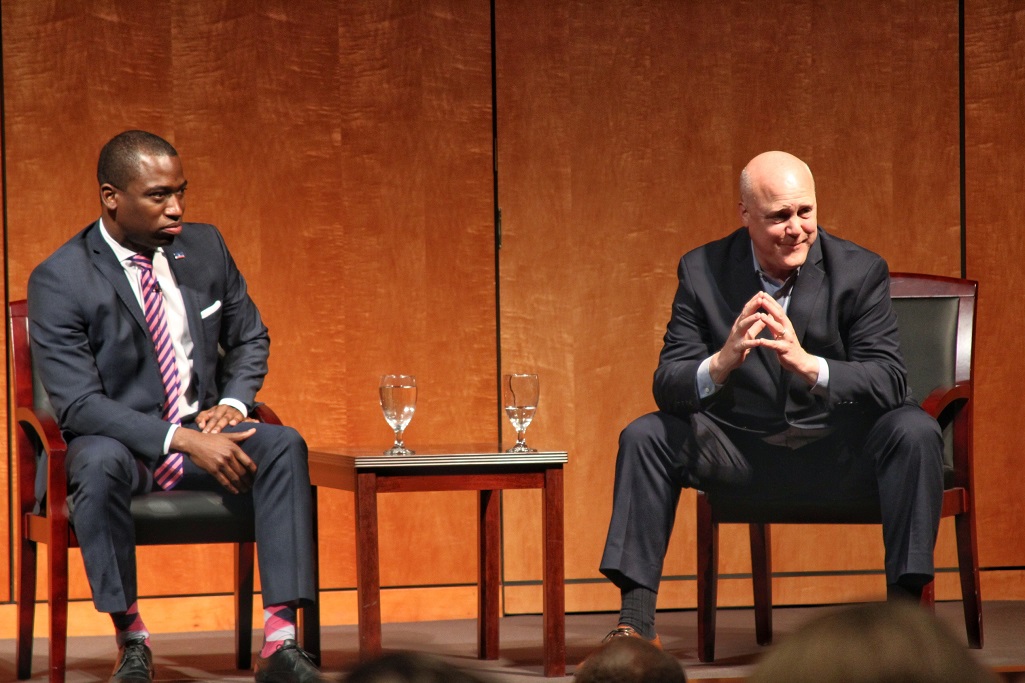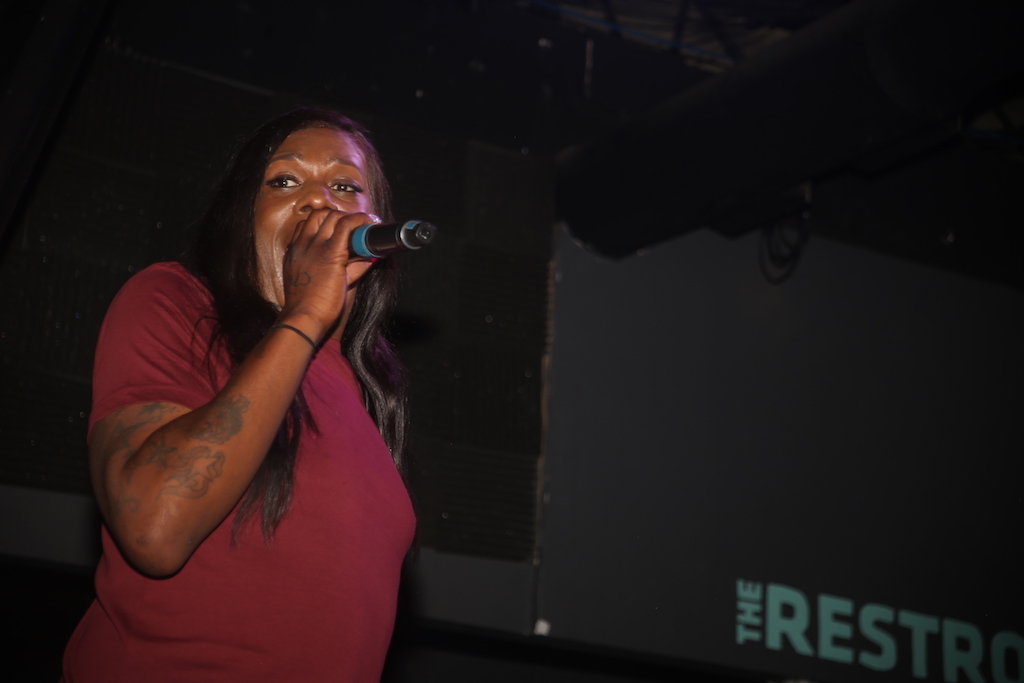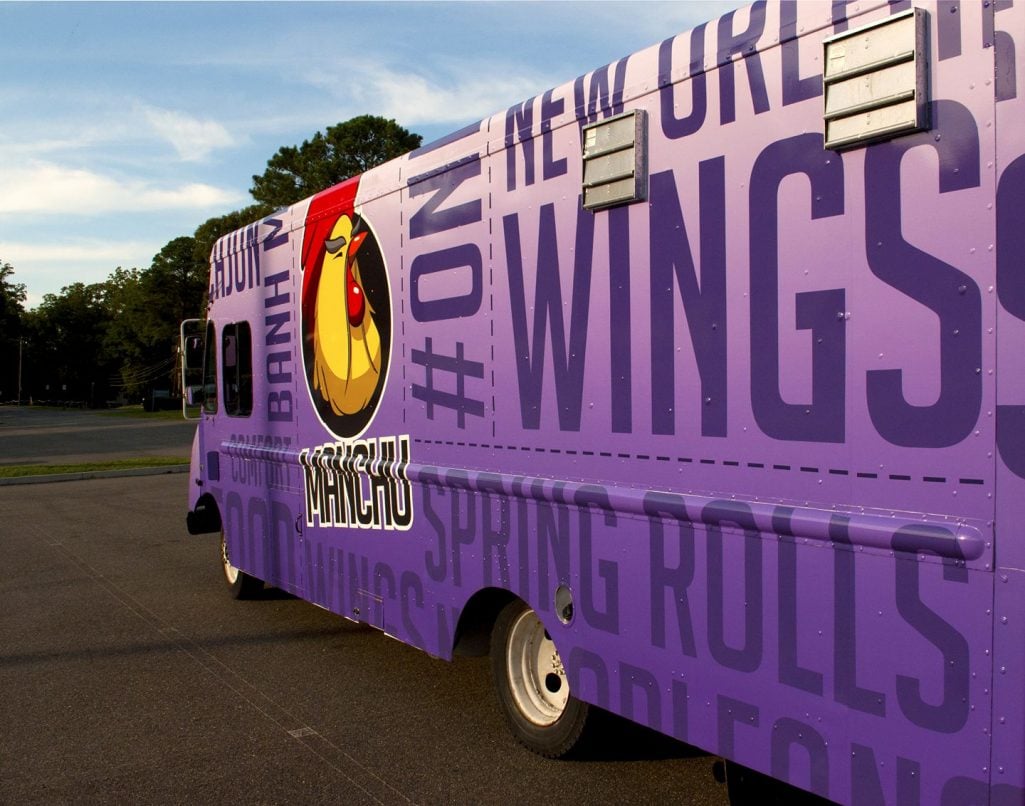Despite hailing from New Orleans, sludge-metal legends Eyehategod have formed a ton of connections to Richmond over the past three decades. Ryan Kent caught up with vocalist Mike IX Williams outside the National after their recent gig with GWAR to find out where...





